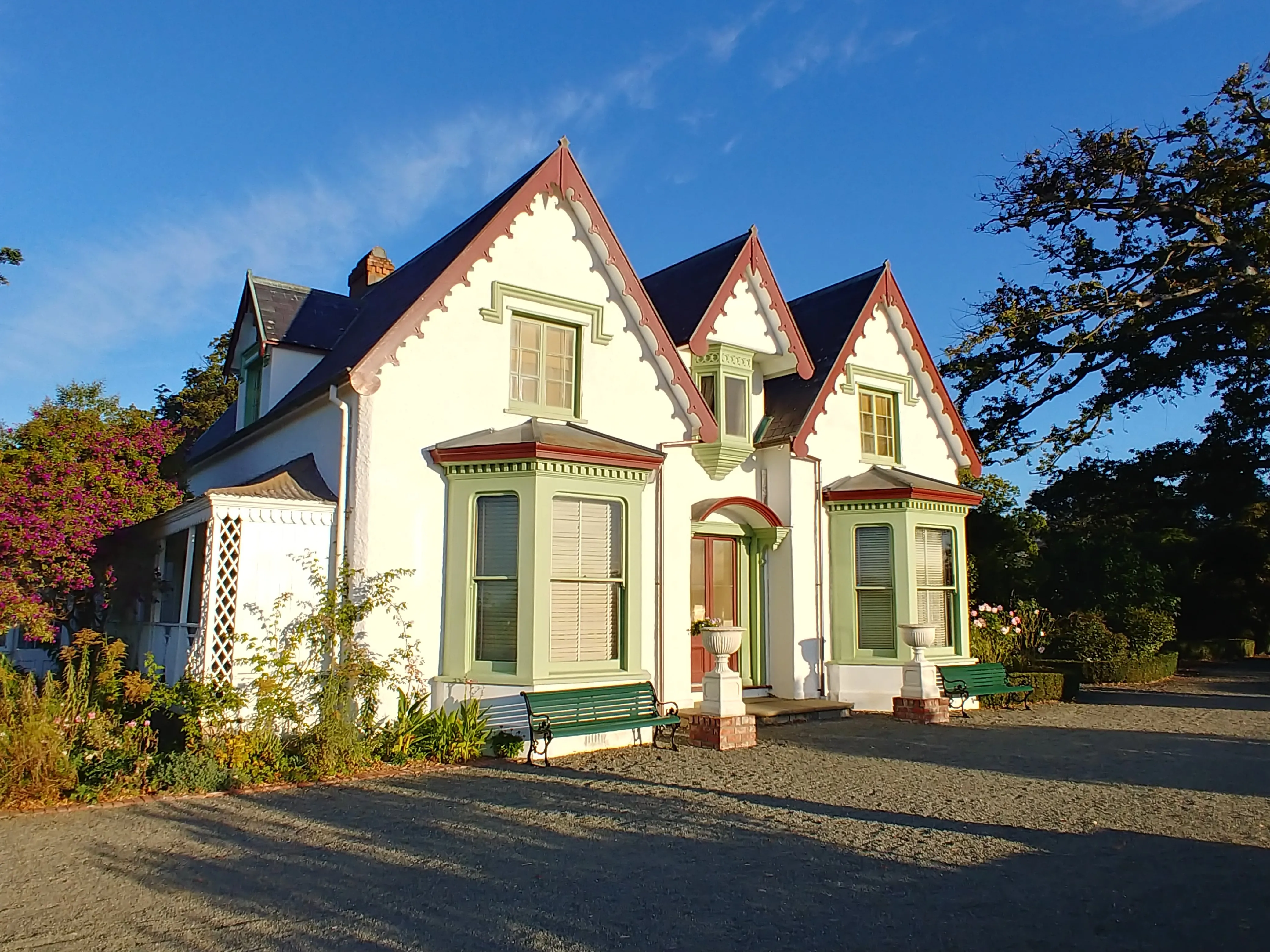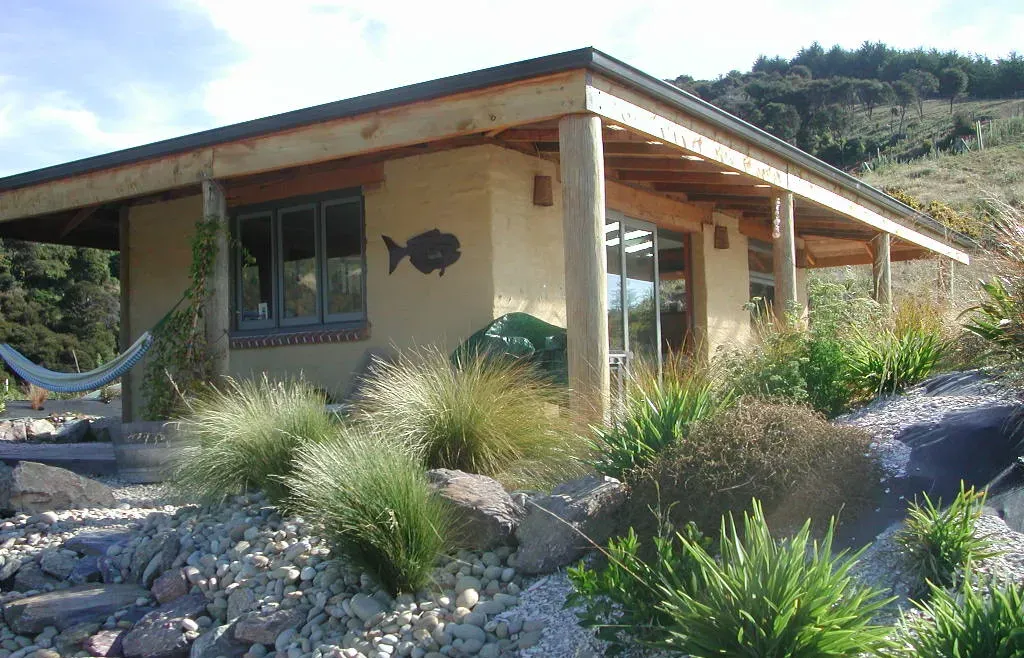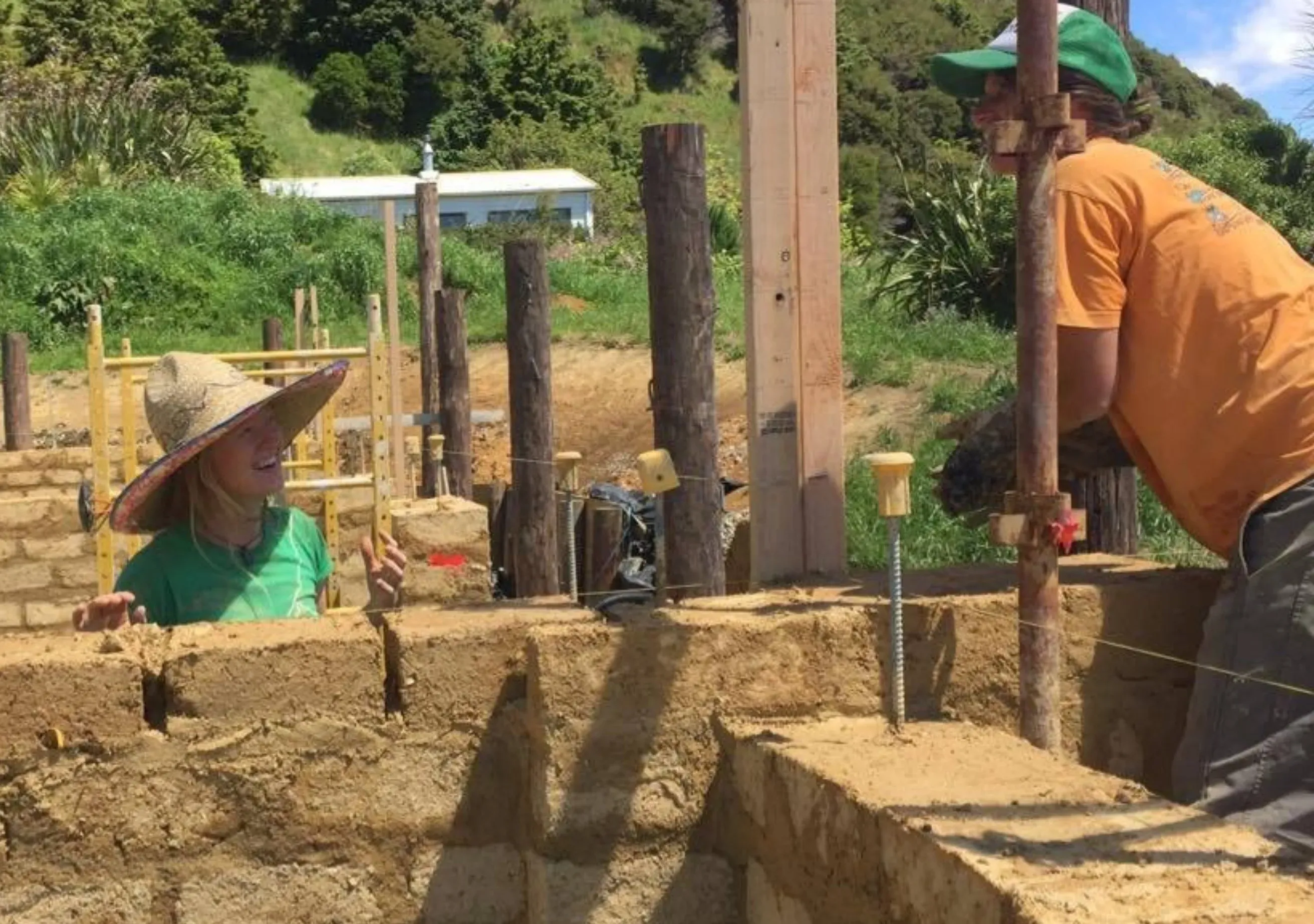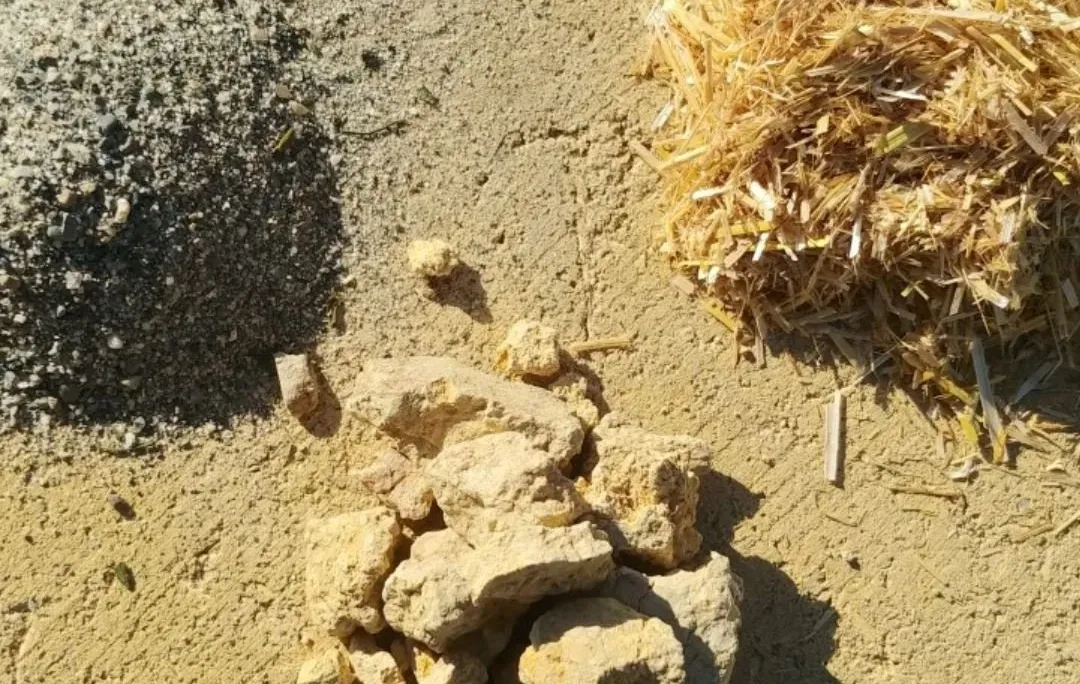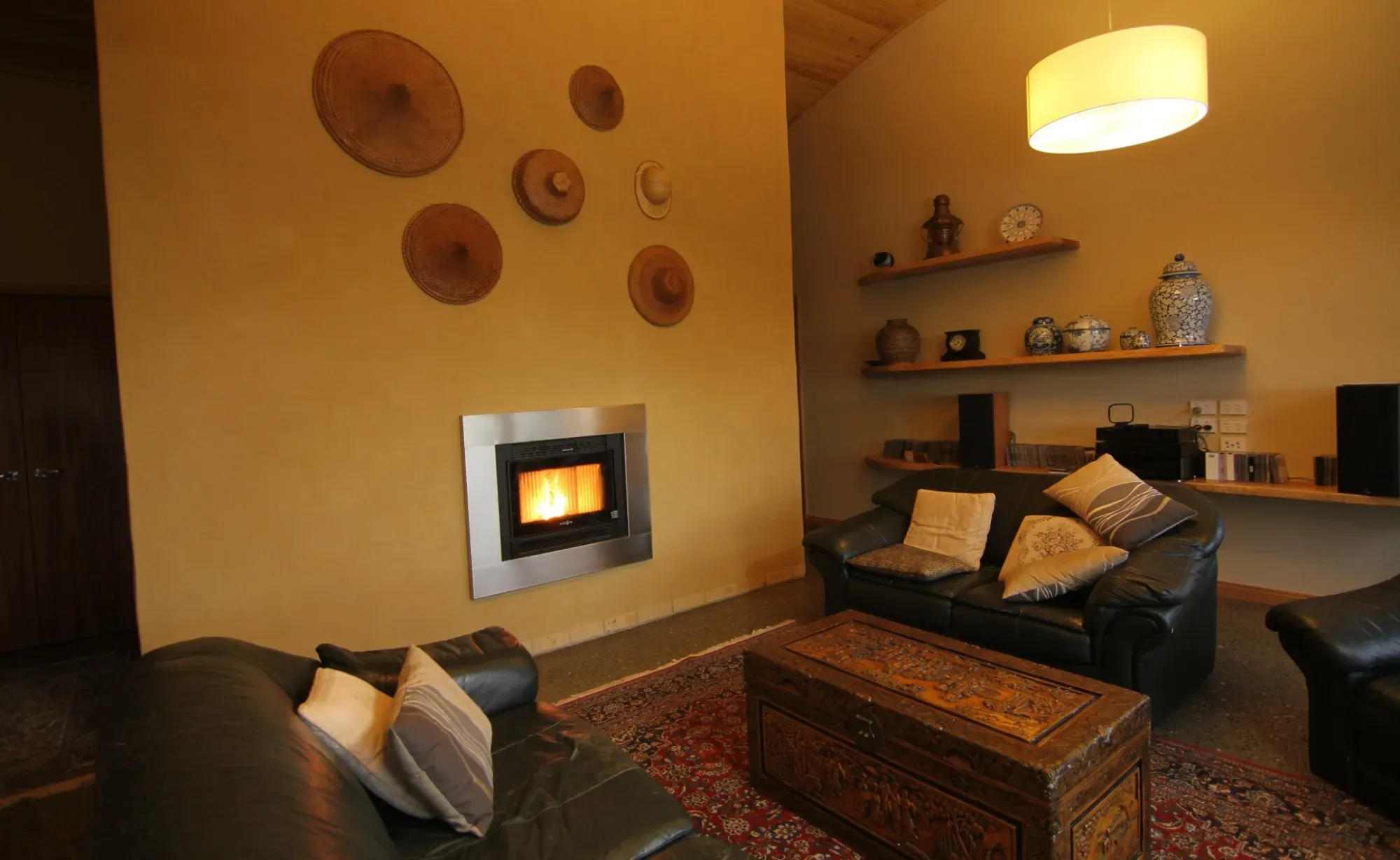Natural Building for Beginners: Common Mistakes and How to Avoid Them
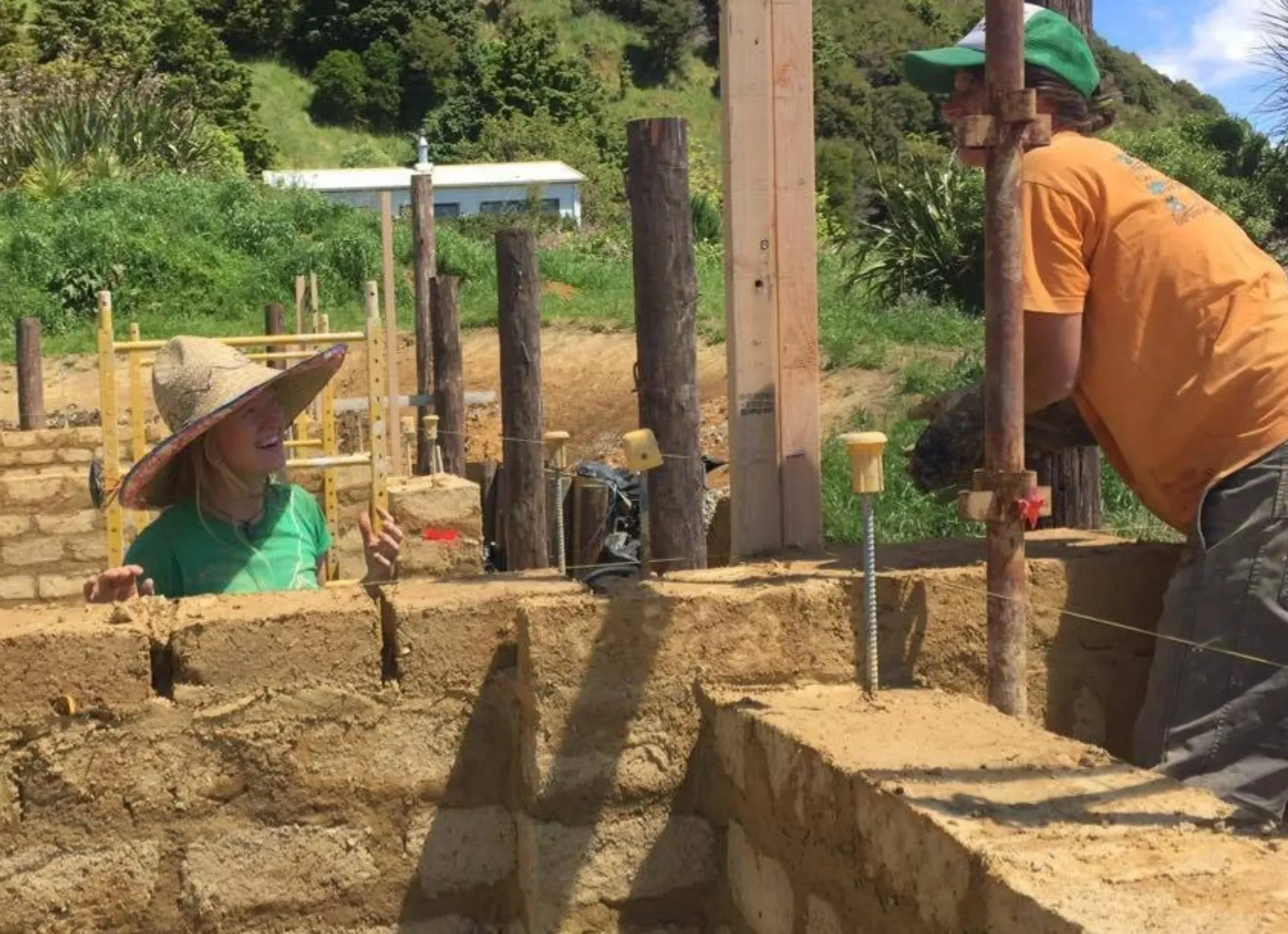
Embarking on a natural building project can be an exciting adventure. But, as with any journey, it's easy to stumble without the right map. In this post I talk about common pitfalls we have seen, to help you navigate things without having to learn the hard way.
Key Takeaways: Solid Foundations for Success
Building a natural home is a journey filled with learning, creativity, and a deep connection to the environment. Here are the key takeaways to ensure your project stands on a solid foundation:
- Choose materials and techiques that are suitable for your climate and your personal resources
- Design with the future in mind, allowing for adaptability and expansion.
- Understand and comply with local building codes to avoid legal issues.
- Strive for quality construction techniques and attention to detail, for a home that's built to last.
- Embrace the natural building community for support, knowledge, and inspiration.
What Is Natural Building and Why It Matters
Natural building involves constructing homes and structures using materials that are earth-friendly, renewable, and locally available. It's about working in harmony with the environment, reducing our carbon footprint, and creating spaces that are healthy to live in. This approach matters because it's not just about the end product; it's about the impact of each choice we make during the building process.
Choosing Your Materials Wisely
One of the first decisions you'll make is what materials to use. This choice can make or break your project. It's tempting to go with what's trendy or easily accessible, but the best choices are those that are suitable for your specific location and situation.
The Pros and Cons of Popular Natural Building Materials
Let's briefly talk about some of the most commonly used natural building techniques. Each has its strengths and weaknesses, and understanding these can help you make informed decisions.
- Adobe: Versatile, fast and simple to execute, because the construction process gets “bite-sized”. The bricks get made ahead of time and installed dry, so there is minimal shrinkage and drying time in the building. You can make both heavy bricks for better thermal mass, or lighter bricks for better insulation, so it has a good thermal performance also in temperate climates. Minimal tools are required. Load-bearing walls can be built, but the design has to respond to local conditions. Good bearing capacity of the ground and solid foundations are a must.
- Cob: Versatile and sculptural, with good thermal mass, but not great insulation. It can be labor-intensive to build with, as the cob mixing can be a lot of heavy work. The building will take a while to dry out because the cob is placed wet. Mixes have to be fine-tuned to avoid too much shrinkage and the design has to respond to local conditions.
- Wattle and daub: Flexible and lightweight, but not good insulation. It commonly is used for internal division walls, feature walls, or for more experimental smaller projects. It relies on a timber support structure. It is an easy technique to learn and can be used in very creative ways.
- Wood: Renewable when sourced responsibly, but can be expensive and vulnerable to pests. Working with wood requires specialized tools and skills. Timber can be used in lighter structures and can be combined with lots of other natural building materials, such as LEM, earthen panels, earthen plasters, straw infills, hempcrete, etc
- Strawbale: Great insulation, renewable resource, but requires a well-executed plaster to avoid dampness and mold. Plastering onto strawbale requires multiple coats and can be :labour intensive. It only makes sense in regions where a high insulation level is required and where straw is readily available.
- Hempcrete: Great insulation, renewable resource with higher resistance to mold. It requires a timber structure and is installed either with a shutter system, or as panels, so it is a bit more complicated. Depending on location, the hemp shiv and binders can be hard to source and have a higher cost than some of the other natural building materials.
- Natural Plasters: Earthen and lime plasters go hand-in-hand with most other natural building materials and can also be retrofitted into conventional buildings over substrates such as plaster board or concrete block. It is important to choose the right plaster for the intended use and exposure, and to detail things well to avoid failures. Some simple tools are required.
- Stone: Durable and fireproof, but heavy and requires skill to work with. Good thermal mass material, poor insulation. Useful for foundations if the local building regulations permit it.
Consider different factors carefully, and don’t just choose a technique because it’s popular online. The best material is one that aligns with your values, budget, and the environment where you'll be building.
Misjudging Material Suitability for Your Location and Resources
Climate and available resources play a huge role in material selection. For instance, straw bales really make the most sense in grain growing areas, and uninsulated rammed earth makes more sense in hot and dry climates. Similarly, it might not make sense to choose a technique that heavily relies on timber (such as building shutters and frames) if you don’t have carpentry skills or if timber is expensive. Or it might not make sense to build with hemp, if you have to save costs and there isn’t a local industry.
Don't let your enthusiasm for a particular material cloud your judgment. Instead, be pragmatic and choose materials that are locally available and will stand the test of time in your specific environment. Earth is a very ubiquitous building material that can be incorporated into different techniques that respond to different requirements. We encourage you to optimize its use.
Understanding Design Fundamentals
Design is not just about aesthetics; it's about creating a home that's efficient, comfortable, and in sync with its surroundings. A well-designed natural home considers sun exposure, wind patterns, and the natural flow of the land. It's about more than just the walls and roof; it's about crafting a living ecosystem. There is a lot that can be learned from vernacular architecture, and familiarizing yourself with the Pattern Language can be a great starting point.
Visit natural buildings in your area to see what works and what feels good, and consider working with an experienced designer. Even if your project is simple, it pays to prepare good plans and make sure it all works conceptually, structurally, and down to the construction details.
Integrating Eco-Friendly Design from the Start
When you're dreaming up your natural home, it's crucial to weave eco-friendly principles into the blueprint from day one. This means considering things like the orientation of your home for maximum solar gain, utilizing natural light and ventilation, and planning for rainwater collection.
Overlooking Future Expansion and Adaptability
It's easy to focus on the immediate needs of your build, but what about five or ten years down the line? Your home should be able to grow and change with you. This could mean designing walls that can be easily moved or making sure there's space for additional rooms. Think ahead to save yourself from costly and complicated renovations later on.
Navigating Building Codes and Legal Considerations
Building codes can be a thorn in the side of many natural builders. They're there for safety, but they can also be restrictive. It's essential to understand your local codes and regulations before you start. This might mean adjusting your design or even advocating for code changes. It's a step you can't afford to skip, as it could lead to legal headaches or the need to tear down your hard work.
We teach natural building based on the NZ Earth Building Standards, which cover a range of natural building techniques for demanding conditions like cool, damp climates and seismic activity. These standards are internationally relevant and are written with self-builders in mind. They cover all aspects of building from design, to material testing, to construction and finishing.
Site Selection and Preparation Blunders
Choosing the wrong site can derail your natural building project before it even begins. It's not just about finding a beautiful spot; it's about finding land that will support your building and lifestyle goals. Take the time to study the land, its history, and its quirks.
Evaluating Land for Natural Building Compatibility
When evaluating land, consider factors like access to resources, the lay of the land, and the soil composition. You want a site that's not prone to flooding, has good solar exposure, and soil that's suitable for building. Take soil samples, check water tables, and spend time on the land in different seasons and at night. Study things like sun angles, prevailing wind, water availability, services, pollution, noise. This will give you a clear picture of what it's like to live there year-round.
Avoiding Drainage and Foundation Complications
Water is a natural builder's friend and foe. Proper drainage is key to preventing moisture-related issues down the line. Similarly, a strong foundation is critical to the longevity of your home. Don't cut corners here. Invest in a solid foundation that's appropriate for your building style and the soil you're working with. It's the bedrock of your home, after all.
Mastering Construction Techniques
Building with natural materials is an art that requires patience and practice. The techniques you use will determine the strength and durability of your structure. It's crucial to understand the basics of construction to avoid common errors that could compromise the integrity of your home.
Key Techniques for Sturdy Walls and Structures
When constructing walls, one must pay attention to the details. Things like proper soil preparation and mixing, proper placement of cob, interlocked brick laying in adobe construction, secure lacing in wattle and daub, and good plaster techniques will ensure good building results. Each method has its own rhythm and requirements for creating sturdy walls that can stand the test of time and weather.
Things to keep in mind:
- Ensure good mixing and testing of materials for consistent strength.
- Use the right mixture of soil, sand, and straw for cob or plasters to prevent cracking.
- Understand how to work with the proper moisture content for the technique of your choice.
- Follow building regulations even if you don’t apply for a consent.
- Consider employing professionals for those parts of the building (like foundations and roofs) that are more involved.
It is relatively easy to build walls from natural materials yourself with some guidance and the right groundwork. Take the time to learn and practice the techniques or your choice, and your walls will not only support your home but also tell the story of the care and effort you put into them.
Common Missteps in Wall Building and How to Fix Them
Even the most careful builders can make mistakes. Common issues include walls that are not plumb or level, which can lead to structural instability. To fix this, use plumb profiles, stringlines and a level during construction and make adjustments as you go.
Another misstep is not allowing materials to dry properly, which can cause mold or structural weakness. The solution is patience—allow each layer to dry fully before proceeding.
- Regularly check for vertical and horizontal alignment.
- Adjust and correct any deviations immediately.
- Monitor drying times and adjust for weather conditions.
- Be vigilant about material quality and consistency.
By staying attentive and responsive to these issues, you can ensure that your walls are solid, straight, and strong, providing the backbone for your natural home.
Roofing and Insulation Hiccups
The roof of your home is its first line of defense against the elements. A well-constructed roof not only keeps you dry but also plays a critical role in the thermal performance of your home. Similarly, insulation is not a place to cut corners, as it directly impacts your comfort and energy bills.
Choosing the Right Roofing Materials for Insulation and Durability
Roofing materials for natural buildings vary from traditional shingles to green roofs. The key is to choose materials that offer durability and high insulation values. For example, a living roof can provide excellent insulation and absorb rainwater, but it requires a strong structural support system. Alternatively, materials like slate or clay tiles are durable but can be heavy and expensive. Often a simple insulated timber roof with long-run steel is the most economical solution that requires little maintenance. Comparing roofing materials in a life cycle analysis might bring up results that surprise you!
- Consider the weight of the roofing material and ensure your structure can support it.
- Choose a roof design that responds to your local climate.
- Insulate the roof space.
- Think about the longevity and maintenance requirements of your roofing choice.
- Allow for adequate roof overhangs that protect your walls and provide extra shelter, without cutting out solar gain in strategic positions.
Investing in quality roofing materials may have a higher upfront cost, but it pays off in the long term with reduced maintenance and energy savings.
Insulation Overlooks That Could Cost You Comfort and Savings
Insulation is often an afterthought, but it shouldn't be. Inadequate insulation leads to heat loss in the winter and heat gain in the summer, resulting in higher energy costs and a less comfortable living environment. To avoid this, ensure that your insulation is appropriate for your climate and that there are no gaps or thermal bridges where heat can escape.
- Use materials like wool, cellulose, or cork for high-performance natural insulation.
- Consider using low-density Adobe in temperate climates, balancing insulation and thermal mass in a simple wall system.
- Seal all gaps, especially around doors, windows, and where the wall meets the roof.
- In cold climates with high insulation requirements, also consider the use of interior thermal mass, like stone or adobe, to regulate indoor temperatures.
Aligning with the Natural Build Community
Natural building naturally is more than the sum of its construction methods—it's a movement. By connecting with the community of natural builders, you gain access to a wealth of knowledge, support, and inspiration. Sharing experiences and learning from others can catapult your project from good to great, but it can also feel overwhelming. We encourage you to find good trusted sources of support, and not go down too many rabbit holes. There also is a lot of bad building advice out there!
Let's dive into the ways you can engage with fellow enthusiasts and experts.
Learning from Other Builders' Experiences
Every natural builder has stories filled with lessons learned. Engage with the community through online forums, social media groups, or local meetups. Ask questions, share your progress, and take note of the advice offered by those who've been in your shoes. This exchange of knowledge is invaluable and can help you sidestep common missteps, if you are discerning.
- Join online communities dedicated to natural building techniques.
- Attend local workshops or meetups to connect with builders in your area.
- Visit completed natural homes to see firsthand what works and what doesn't.
- Participate in building projects or volunteer with organizations that promote sustainable construction.
- Learn from natural builders online
Note: A common mistake we see happen all the time is that people transfer techniques and building advice from one part of the world to another, without paying enough attention to their local requirements. Example of this would be the need to respond to seismic activity in the design, or climate-smart design and material choices.
Resources and Workshops to Sharpen Your Skills
Whether you're a novice or have a few builds under your belt, there's always more to learn. Workshops and courses offer hands-on experience with natural materials and techniques, and put you in touch with seasoned builders and teachers. They're also a fantastic way to meet like-minded individuals who share your passion for sustainable building.
- Seek out workshops that cover a range of techniques, from straw bale construction to earthen plasters.
- Explore online courses. They often can convey more than a short in-person workshop and let you practice skills on your own project with your local materials
- Invest in quality books and guides written by experienced natural builders.
- Attend conferences and symposiums, both in person and online.
Arming yourself with knowledge and practical skills will not only make your building journey smoother but also more enjoyable. We have supported countless students and self-builders over the past 20 years, and take great pride in upskilling folks all over the world and finding building solutions that fit their needs, resources and local conditions.
> See our comprehensive online program Earth Building Academy
In conclusion, natural building is more than just a construction method; it's a philosophy that embraces sustainability, creativity, and a return to earth-friendly practices. With careful planning and a commitment, your natural building project can be a deeply rewarding experience. By avoiding common mistakes, choosing the right materials, and engaging with the natural building community, you can create a home that's not only environmentally responsible but also is safe, healthy, durable and uniquely yours!

